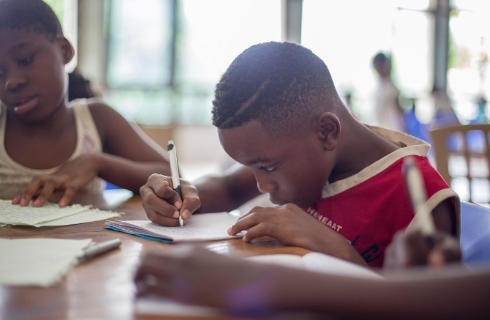Spinal deformities in children are a common occurrence. In fact, most people will have at least one episode of spinal misalignment in their lifetime. This article is meant to help parents identify and understand the different types of spinal deformities that may arise in their child, the symptoms associated with them, and the available treatments for each condition.
What are Spinal Deformities?
A deformity is defined as a malformation of a body part. In the case of the spine, this can refer to any abnormal curvature or alignment. The spine is meant to be straight, but when it curves abnormally, it is referred to as a deformity. Deformities can be present at birth or develop over time.
What are the Symptoms of Spinal Deformities?
The symptoms of a spinal deformity will depend on the type and severity of the deformity. Pain in the back is one of the most common symptoms, but not all people with a deformity will experience pain.
You can also determine if your child has a deformity by taking a look at their shoulders and waistline. In cases where a deformity is present, one shoulder may appear higher than the other, and the waistline may be uneven.
When to See a Doctor
If you think your child may have a spinal deformity, it is important to see their doctor for an evaluation. A doctor will be able to give you a definitive diagnosis and recommend the best course of treatment. In most cases, treatment is not necessary, but in some cases, it may be necessary to prevent the deformity from getting worse.
Can Deformities Be Prevented?
There is no sure way to prevent deformities from developing, but there are some things you can do to lower your child’s risk. For example, maintaining good posture and wearing comfortable shoes can help to prevent kyphosis and lordosis. Exercising regularly and eating a healthy diet can also help to reduce the risk of developing a deformity.
If your child has a family history of deformities, they may be more likely to develop one themselves. In these cases, it is important to be extra vigilant in monitoring your child’s spine and seeking medical help if you think a deformity is present. Early diagnosis and treatment can often prevent the deformity from getting worse.
Kyphosis
Kyphosis is defined as an abnormal forward curvature of the spine. It is most commonly seen in the thoracic region, but can also occur in the cervical (neck) and lumbar (lower back) regions. Kyphosis can be caused by a number of things, including poor posture, osteoporosis, and certain spinal conditions.
Mild kyphosis often does not require treatment. If the curve is severe, however, your child’s doctor may recommend wearing a back brace or having surgery to correct the deformity.
Scoliosis
Scoliosis is the most common type of spinal deformity, affecting 2-3% of the population. It is defined as an abnormal sideways curvature of the spine. The spine may curve to the left or right, or in a double “S” shape. Scoliosis can develop in any part of the spine, but is most often seen in the thoracic (mid-back) region.
Scoliosis treatment for children starts with monitoring and observation. In most cases, no treatment is necessary. If the curve is mild (less than 20 degrees), your child’s doctor may recommend wearing a back brace to prevent the curve from getting worse. In more severe cases, surgery may be necessary to straighten the spine.
Lordosis
Lordosis is defined as an abnormal inward curvature of the spine. It is most commonly seen in the lumbar region, but can also occur in the cervical and thoracic regions. Lordosis can be caused by a number of things, including muscle weakness, obesity, and pregnancy.
Mild lordosis often does not require treatment. If the curve is severe, however, your child’s doctor may recommend physical therapy to help strengthen the muscles supporting the spine, or surgery to correct the deformity.
Conclusion
Spinal deformities are relatively common, but most do not cause any symptoms. In cases where a deformity is causing pain or impacting your child’s quality of life, treatment may be necessary. With proper diagnosis and treatment, most children with deformities can lead happy, healthy lives.

